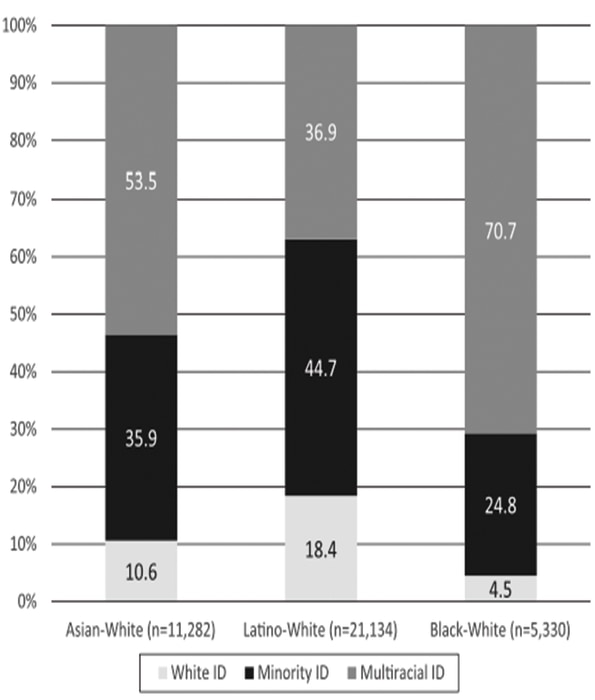Students propose multiracial peer liaison programPosted in Articles, Campus Life, Media Archive, United States on 2016-02-04 23:08Z by Steven |
Students propose multiracial peer liaison program
Yale Daily News
New Haven, Connecticut
2016-02-03
Monica Wang, Staff Reporter
When Chandler Gregoire ’17 stepped onto Yale’s campus as a freshman more than three years ago, she was assigned two peer liaisons: one from the Afro-American Cultural Center and the other from the Asian American Cultural Center. Ethnically, Gregoire explained, she is half white, one-quarter Black and one-quarter Asian, and Yale felt compelled to match her multiple identities with the appropriate cultural resources.
A well-established initiative under the Yale College Dean’s Office, the peer liaison program has functioned to connect freshmen of color with the University’s four cultural centers — the AACC, the Af-Am House, La Casa Cultural and the Native American Cultural Center — since 2008. And while multiracial students have served as peer liaisons for these houses in the past, there is currently no formal multiracial peer liaison program to which members of Yale’s growing community of multiracial students can turn for support. Faced with difficulties in navigating her own multiracial identity, especially within the spaces of the existing cultural centers, Gregoire founded the Racial and Ethnic Openness Club with other multiracial friends in the spring of 2014.
Now, REO has proposed the idea of a multiracial peer liaison program. Discussions between students and administrators are ongoing, with several other options for supporting multiracial students also being discussed…
Read the entire article here.

